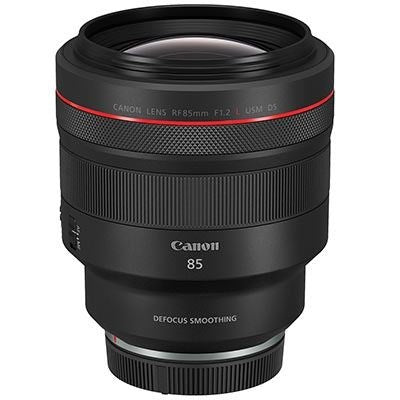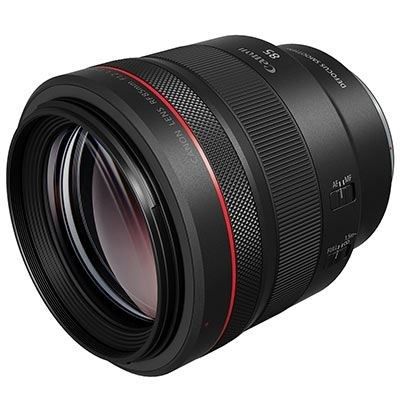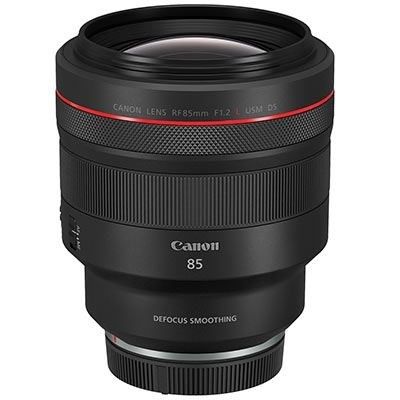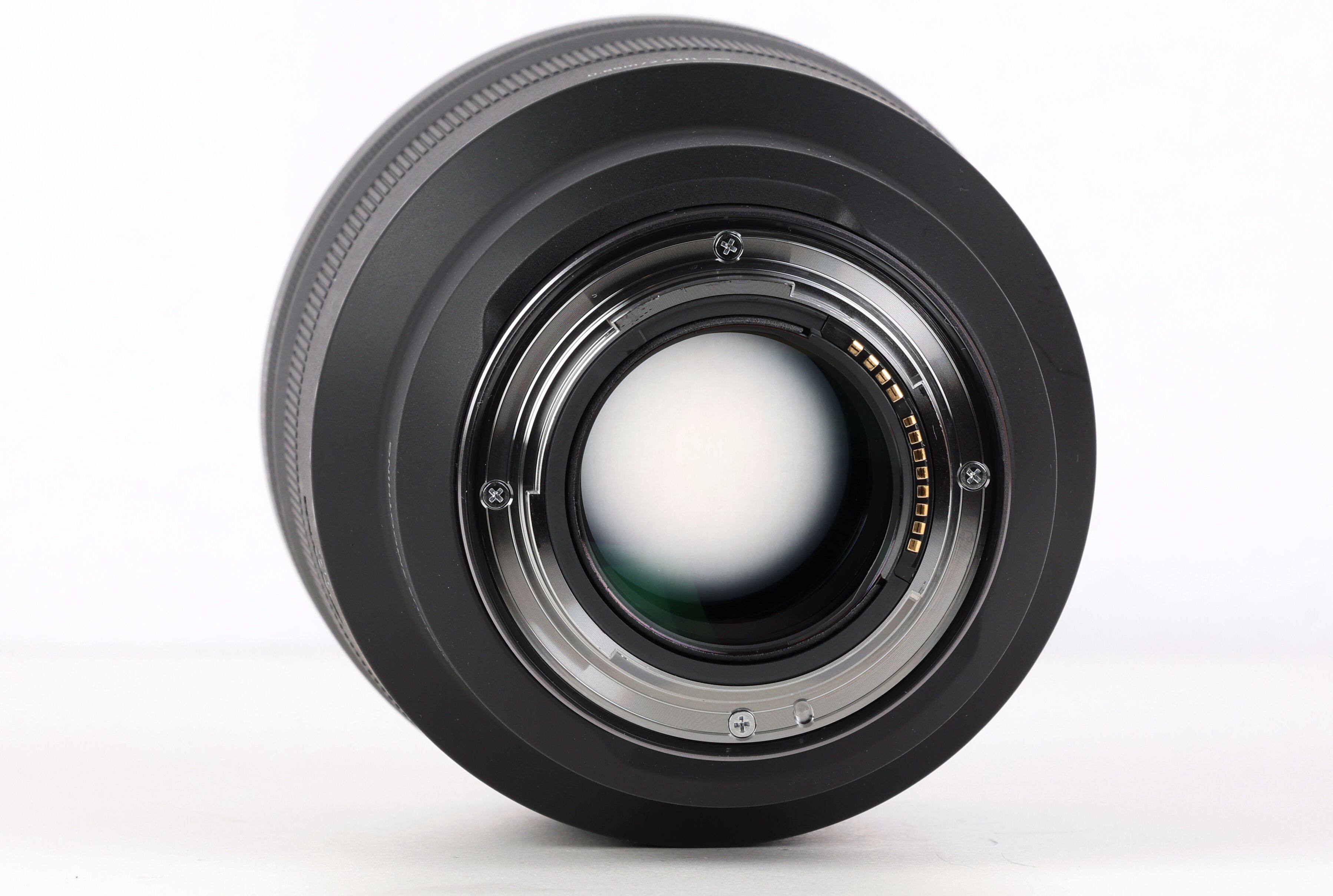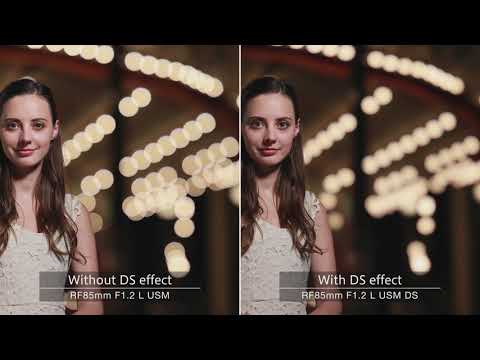Product Description
Canon RF 85mm f1.2 L USM DS Lens
The Canon RF 85mm f1.2L USM DS is a full-frame L-series lens fantastic for portraiture with gorgeous bokeh and fabulous optical precision. Featuring high-performance AF, brand new DS coating, and the famous L-series built quality this lens is a dream to work with.
Key Features:
- This is a fantastic lens for portraiture with gorgeous bokeh and fabulous optical precision
- The lens is constructed from 13 elements in 9 groups
- Incorporates 9 diaphragm blades
- Users benefit from a max aperture of 16
- The closest focusing distance is 0.85m whereas the max magnification is 0.12x
- Features an L-series build quality weighing only 1195g
- Weather-sealing with dust and moisture resistance thanks to the applied fluorine coating on the front and rear of the lens
- Includes 82mm filter diameter
- Offers an angle of view at 24,16,28,30 – degrees
- Incorporates a Lens Control Ring for increased control over the ISO, shutter, and aperture
- Fast USM Motor for fast locking onto a subject and near-silent operation
- Sharpness with exquisite style
Stunning Portraiture
Thanks to the 85mm focal length this lens is perfect for portraiture work. The resulting photographs feature elegant detail and a pleasing perspective without distortion.
Gorgeous Bokeh and Fantastic Optical Precision
Users are free to create the bokeh of their dreams with Canon’s one of a kind DS (Defocus Smoothing) Coating along with the F1.2, and 9-bladed aperture. This lens aids the creation of creative images like no other.
Superior Lens Elements with Coatings
Colour aberrations are minimised thanks to the Special Blue Spectrum Refractive (BR) optics; whereas, ASC (Air Sphere) Coating along with the ground aspheric element guard against flare and ghosting.
For full specifications click Here
Payment & Security
Your payment information is processed securely. We do not store credit card details nor have access to your credit card information.

